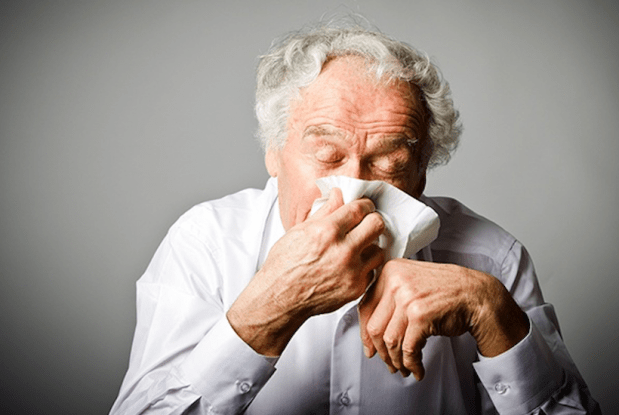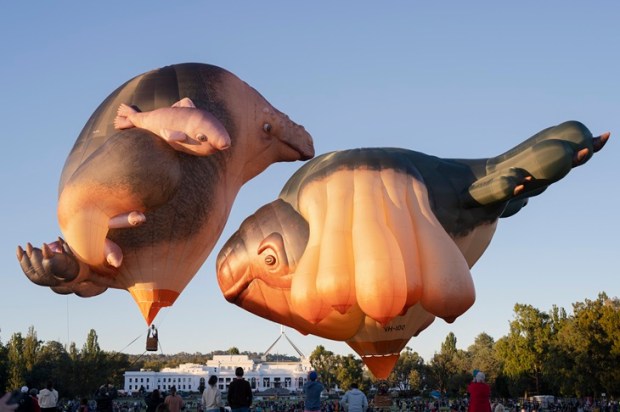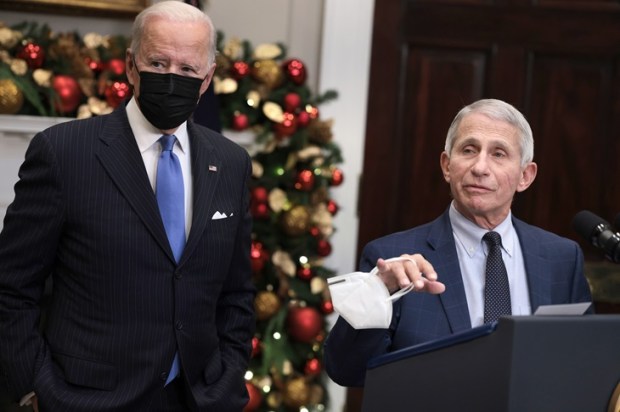We are facing an existential threat to the nation and our way of life, not from the Chinese COVID-19 virus, but from the dark and slippery cul-de-sac we have driven down in trying to deal with it.
In fairness to the federal government, they were operating on limited data given the lack of honesty and transparency from China and the World Health Organisation. Then there were the apocalyptic predictions coming from Imperial College modelling, 510,000 dead in Great Britain and 2.2 million dead in the USA (revised down now to 60,000). Given the information they had to work with, the government did a pretty good job of coordinating the states and getting on top of what appeared to be a catastrophic situation.
Three key actions need to take place now:
- Everyone take a step back, take a deep breath, and do a reality check of the situation.
- Develop practical and sustainable measures that minimise the transmission from surfaces to individuals in public spaces and remove measures that undermine personal freedoms and privacy.
- Restart the major drivers of our economy by the end of April, and the whole economy by mid-May
In taking a step back and doing a reality check we can then get our minds into the discussion of restarting our economy. To do that we need a rational and logical reference point for balancing the risk to life against the risk to all our futures – the annual influenza virus (flu) is the natural candidate for this reference point.
The annual flu numbers jump around significantly, from 90,840 cases and 464 deaths in 2016, to 251,142 cases and 1,255 deaths in 2017. Given that 2019 was a record year with 313,079 confirmed cases and using a 0.5 per cent mortality rate, projected deaths would be 1,565. This should be an uncontroversial baseline given there was no public outcry about flu death numbers last year.
Using the 2019 number of 1565 deaths, gives an average of 130 deaths per month, or 4.3 deaths a day. As of writing there have been 6,359 confirmed COVID-19 cases, 3,494 recovered, and 61 deaths, which has a higher mortality rate of 0.96 per cent. The first Australian death was on March 1. There are 44 days to last Monday, April 13 – which is an average of 1.4 deaths per day.
There is the strong potential that the combined mortality rate for both the annual flu and COVID-19 in 2020 will not exceed the flu death rate for 2019.
Flu numbers for 2020 started off much the same as in 2019, but as you would expect declined as the measures to limit the spread of COVID-19 kicked in. Confirmed flu cases for January and February 2020 were very close to the same period in 2019. However, as social distancing measures were being implemented in March the change in numbers was dramatic, March 2019 – 11,159 flu cases and March 2020 only 5,491 cases – this would be the equivalent of 28 less flu deaths in March 2020 compared to March 2019. The projections for April point to 75-85 less flu deaths than in April 2019.
Part of the reality check is realising there won’t be a silver bullet to fix this problem. Unfortunately, there are prominent voices saying we need to hunker down for 18 months until a vaccine is developed and widely distributed. A vaccine when it comes, will play some part in reducing the numbers or severity of contracting COVID-19, but it may end up only being as effective as the hit and miss annual flu vaccine. A record number of 12.5 million flu vaccines were released in 2019, a year that had a record number of 313,079 confirmed cases, compared to 58,862 cases in 2018. Individuals with an over-reliance on their flu vaccination may be contributing to sloppy personal hygiene practices.
Governments around the world in conjunction with big tech seem to be using the pandemic as an opportunity to employ new technologies to track and monitor the populace, undermining personal freedoms and invading personal privacy under the guise of keeping the community safer. But as Benjamin Franklin wisely warned, “Those who would give up essential liberty, to purchase a little temporary safety, deserve neither liberty nor safety.”
We don’t need any further violations to our freedoms and privacy, let us instead get back to the basics of having a greater focus on promoting personal hygiene, transmission mitigating practises, and the broader implementation of already existing technologies that kill viruses.
The Slip, Slop, Slap campaign of the nineteen-eighties was probably the most effective public health education initiative ever run in Australia. Today there are many opportunities to run simple but engaging campaigns that help Australians young and old to understand how viruses are spread, and how each of us can take action to mitigate that transmission. Let’s educate and inform, but then rely on people to step up and take personal responsibility for their actions – not Big Brother.
We need to develop long-term sustainable practises that are minimally disruptive to daily life but have a major impact on mitigating the spread of viruses. Social distancing will probably drop away over time because we are communal by nature, but how we greet may be transformed to the shaking of hands becoming a rarity. Masks will probably only ever become the norm for a minority of Australians. The most practical area for mitigating transfer is from touched surfaces. The supermarkets are doing a great job in continually wiping down all touched surfaces, which is fine for now, but we need something more sustainable.
We need to be able to kill viruses on all heavily touched surfaces that people would typically encounter when away from home. If we can eliminate, or at least greatly minimise the need to touch a surface then transmission can be blocked from those sources. We could see expanded use of UV light to disinfect surfaces that are typically touched by a multitude of hands throughout any given day. UV lights over touchscreens, keyboards, ATM’s, fuel nozzles etc. In some countries, UV light is used on a large scale with shelters to disinfect buses and in UV light passenger tunnels at airports. It is an old but effective technology with many personal use UV light products already available online.
Having a logical point of reference in place, some practical solutions for minimising transmission going forward, and our medical teams equipped and prepared, it is now time to get things moving again. The government needs to quickly pivot and restart the economy, or we will be placing an untold financial burden upon our children and grandchildren.
This is a big call, but all Australians need to loudly and forcefully call on the government to get the economy started again. We need the business leaders of the nation to stand up and be counted. We need our community leaders, the media, the federal opposition, the unions, and the voters to push and prod their local members so that Scott Morrison and his cabinet feel they have the nation behind them.
This will take some next-level type leadership to quickly bring about a restart to the economy, because it is balancing the increased risk to human life with the risk to our children’s and grandchildren’s future opportunities and prosperity. There are risk to life elements on both sides of the argument, though increases in suicides, domestic violence, drug and alcohol addiction, depression and so will all be harder to attribute to the lockdown, compared to clearly identifiable COVID-19 deaths.
But with all this at stake, we can only follow St Francis of Assisi’s words: “Start by doing what’s necessary; then do what’s possible; and suddenly you’re doing the impossible.”
Rod McGarvie is a former Coalition and minor party candidate.
Got something to add? Join the discussion and comment below.
Got something to add? Join the discussion and comment below.
Get 10 issues for just $10
Subscribe to The Spectator Australia today for the next 10 magazine issues, plus full online access, for just $10.


























Comments
Don't miss out
Join the conversation with other Spectator Australia readers. Subscribe to leave a comment.
SUBSCRIBEAlready a subscriber? Log in